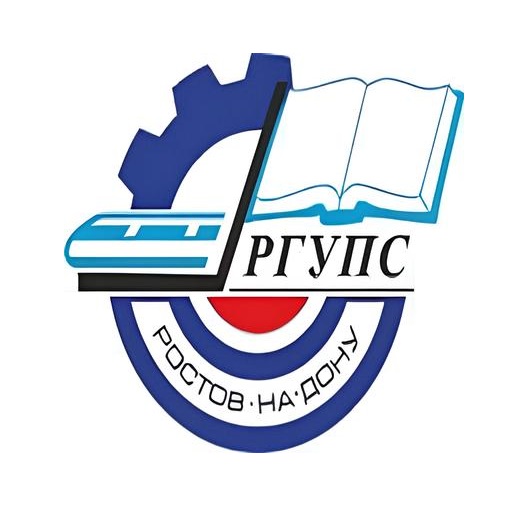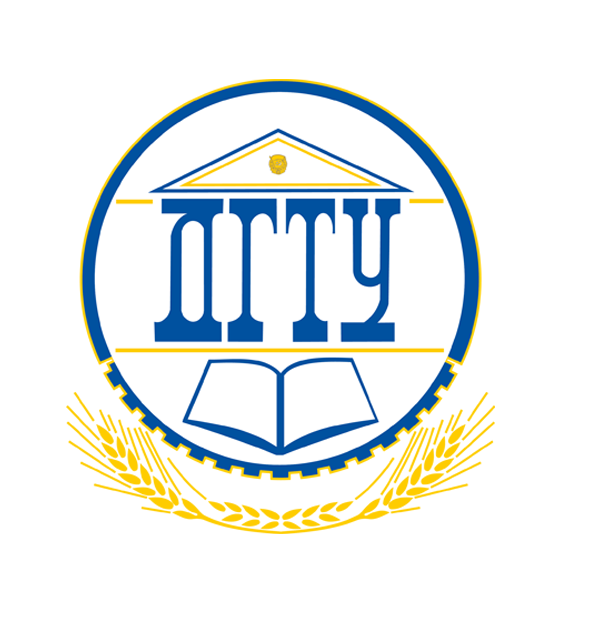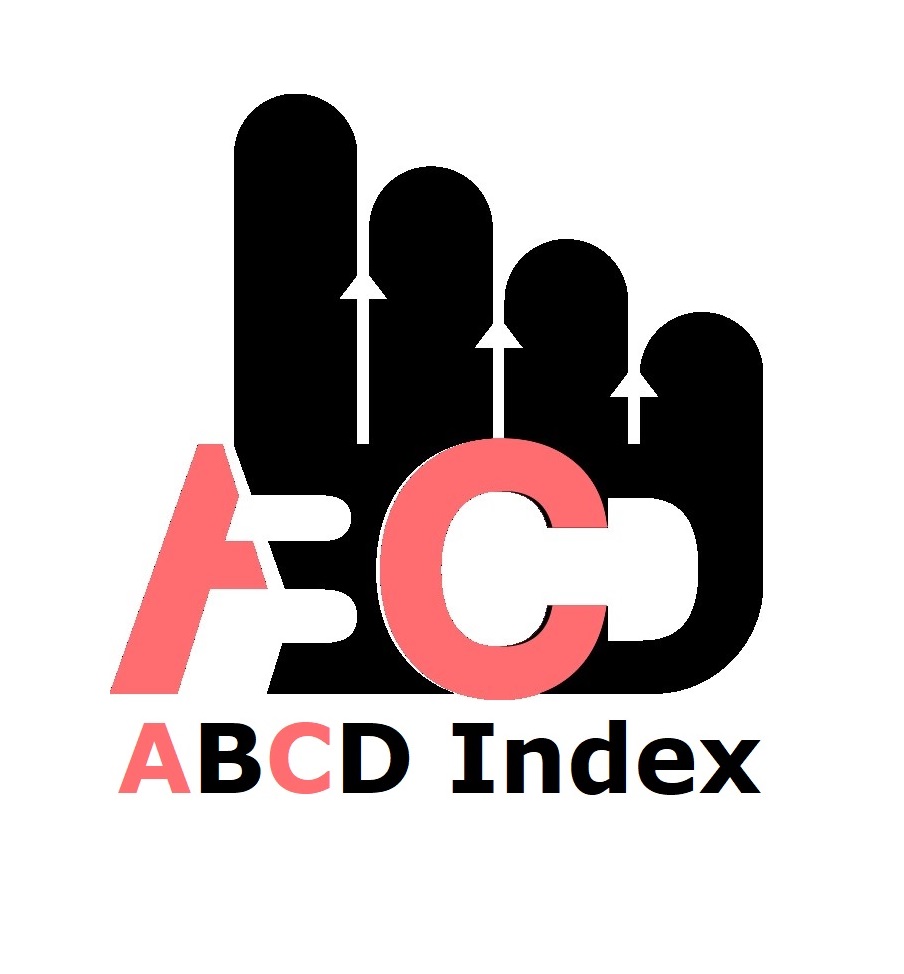Structures of FM Radio Talk Shows Listened to by University Students in Eldoret Town, Kenya
Keywords:
FM Radio Talk Shows, Structure, University StudentsAbstract
The majority of the consumers of radio stations’ programming are the youth, most of whom are students in high schools, colleges, and universities. Therefore, the main objective of this study was to examine the structure of FM radio talk shows listened to by university students in Eldoret town. Uses and Gratifications theory guided this study. The study utilized a descriptive survey research design. The target population of the study were 3000 students from university campuses within Eldoret, and the sample size was 300. The researcher adopted a stratified sampling and simple random sampling technique to arrive at the sample that would best fit or present the intended purpose of the research. Data was collected using a questionnaire and Focus Group Discussion. The collected data was analyzed using descriptive statistical techniques that included frequencies, percentages. The findings revealed that FM radio talk shows typically feature a mix of news, interviews, and light entertainment to engage listeners at the start of the day. The study established that interactive formats allowing listeners to call in with requests or opinions, countdown formats featuring popular music tracks, and narrative-driven programs were popular among respondents. The study findings from focus group discussion revealed that FM radio talk shows in Eldoret Town typically follow a similar format, often beginning with an opening segment where the host introduces the topic and guests. This is followed by an in-depth discussion led by the host, with opportunities for audience participation through call-ins, SMS messages, and social media interactions. Radio stations targeting university students should create a balanced format that includes a mix of news, interviews, and light entertainment. The study concluded that FM radio talk shows in Eldoret Town typically follow a similar format, with an opening segment, in-depth discussions led by the host, and opportunities for audience participation. The study recommended that Radio stations targeting university students should create a balanced format that includes a mix of news, interviews, light entertainment, structured segments, in-depth discussions, sports coverage, interactive formats, countdown formats, live performances, music genres, structured discussions, narrative-driven programs, informative segments, and light-hearted content.
Published
How to Cite
Issue
Section
Copyright (c) 2024 Philip Kiprotich Chebunet, Egara Kabaji, Lydia Anyonje

This work is licensed under a Creative Commons Attribution-NonCommercial 4.0 International License.
Most read articles by the same author(s)
- Felister Nyaera Nkangi, Lydia Anyonje, Egara Kabaji, Influence of Mass Media Messages on Audience Perception Regarding Patient Rights Among the Residents of Mt. Elgon, Bungoma County, Kenya , African Journal of Empirical Research: Vol. 5 No. 3 (2024): Jul-Sep 2024
- Geoffrey Juma Lumbasi, Dr. Lydia Anyonje, Prof. Jacob. W. Wakhungu, Dynamics of Marketing Communication Platforms Used by Farmers to Access Information on Agriculture in Kakamega County, Kenya , African Journal of Empirical Research: Vol. 4 No. 2 (2023): Jul-Dec 2023
- Judy B. Chepngeno, Lydia Anyonje, Utilization of Interpersonal Communication Channels in the Uptake of Cervical Cancer Screening at Moi Teaching and Referral Hospital, Kenya , African Journal of Empirical Research: Vol. 4 No. 2 (2023): Jul-Dec 2023
- Beryl Teresa Adhiambo, Lydia Anyonje, Egara Kabaji, Communication Strategies Employed By 103.9 MMUST Fm to Capture Listeners’ Attention Regarding COVID-19 Pandemic in Lurambi Sub-County, Kenya , African Journal of Empirical Research: Vol. 5 No. 4 (2024): Oct-Dec 2024
- Isaac Wamalwa Manje, Egara Kabaji, Lydia Anyonje, Kizito Muchanga, Faith-based radio and strategic peacebuilding: Programming for electoral calm in Kenya , African Journal of Empirical Research: Vol. 6 No. 3 (2025): Jul-Sep 2025
- Isaac Wamalwa Manje, Egara Kabaji, Lydia Anyonje, Kizito Muchanga, Messages that matter: Themes of peace in faith-based radio during Kenya’s 2022 general elections , African Journal of Empirical Research: Vol. 6 No. 3 (2025): Jul-Sep 2025
- Brian Juma Khisa, Dr. Lydia Anyonje, Dr. Joyce Kasili, Prof. Egara Kabaji, Evaluation of communication strategies used during the 2022 general elections in Shinyalu constituency, Kenya , African Journal of Empirical Research: Vol. 6 No. 3 (2025): Jul-Sep 2025























